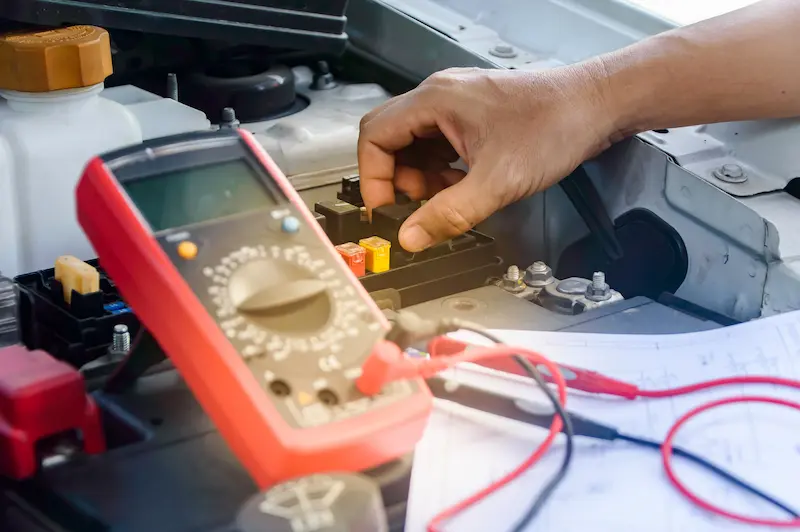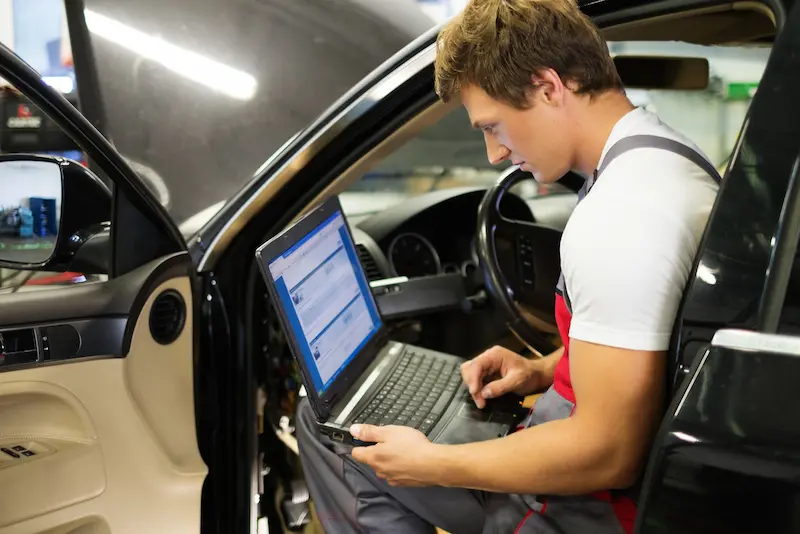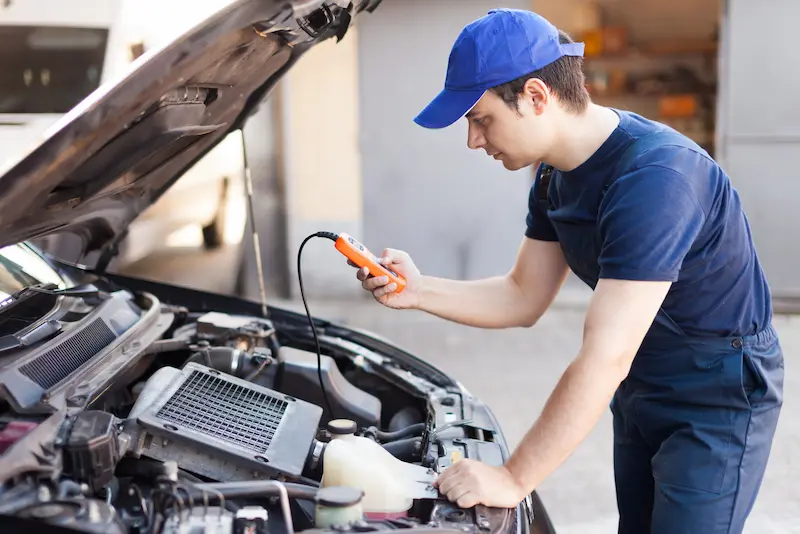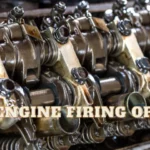A generic scanner often brings up error codes and terminology when connected to a car engine. What this terminology indicates varies, depending on what the error is.
The fuel SYS 1 CL is one of these terminologies. While it appears tricky to many auto owners and mechanics, the fuel SYS 1 CL error indicator is simple.
I will take my time to explain what the fuel SYS 1 CL stands for, what error code it brings up, and what you should do to fix it.
What Does Fuel SYS 1 CL mean?
When you connect your scanner to the engine and the fuel SYS 1 CL shows up, it means that the fuel injector bank 1 is in the closed loop mode.
So, when the fuel injector bank 1 is in the closed loop mode, the ECU relies solely on the oxygen sensor to determine the amount of fuel to inject into the system.
The ECU adjusts fuel injection and ensures an efficient fuel-air ratio mixture. Changes in fuel mixture occur severally a second.
The fuel injection system primarily relies on the information and operational principles of the ECU to perform its set of functions.
When in the closed loop mode, the engine control unit (ECU) relies on the oxygen sensor to control how much fuel the injector will need to pump into the engine.

Hence, it gets feedback from the sensor to adjust fuel delivery. When the air-fuel mixture is rich, the ECU injects less fuel into the engine. If the mixture is lean, more fuel gets into the engine.
The sensor also called lambda is located in the exhaust of the combustion engine. It measures and helps reduce the quantity of harmful exhaust emissions such as CO that gets into the engine. This way, the efficiency of the engine is reinforced.
The clopped loop system works only when there is a constant throttle opening and there’s a low rate of the revolution per minute (RPM) change.
Meanwhile, the ECU also relies on the position of the throttle, ambient air temps, airflow into the manifold, and the engine RPM.
When you ignite the car and it starts and runs well, but you observe extremely rich running, there’s a chance that bank A is running a closed loop.
You may notice that bank 2 is operating an open loop due to certain unmet conditions.
What is a CL Fault?
A number of things can cause the closed loop (CL) fault for your car’s fuel system status. A closed loop is the operating mode of the management system of your car engine.
Poor wiring that connects the engine control module (ECM) to the air-fuel mixture (oxygen) sensor can cause this fault to show when you connect the scanner.

You may also need to check the status of all ground connections. If any of these isn’t in good status, it can cause your instrument panel to display the cl fault.
When this fault comes up, the engine control module will no longer rely on the feedback from the oxygen sensor.
If you’re having a fuel injector bank 2 issue, you’ll see Fuel Sys 2 N/A signal come up as the live data. This happens in inline 4-6 cylinder engines.
How to Fix Oxygen Sensor Wiring
If you run a short scan and the live data shows a closed loop fault condition at a cold start, the cause may not be immediately clear.
However, a longer scanning will reveal to you more clearly that the O2S (oxygen sensor) might be the issue. You may see the following live data:
| Error | Error code range |
| Bank 2 sensor 1 | 0.500-0.750 |
| Bank 2 sensor 2 | 0.5000-0.750 |
| Bank 1 sensor 2 | 0.500-0.750 |
| Bank 1 sensor 1 | 0.000 |
The thing to do is to replace the oxygen sensor. You must study the instructions in the service manual.

Steps to Replace Oxygen Sensor (bank 1 sensor 1)
This technique will work on any model or make of a 4-cylinder vehicle. You may not need a repair manual to locate bank 1 sensor 1 or bank 1 sensor 2. I’ll run this procedure on a 4-cylinder 2004 Spectra Kia model.
- Locate the bank 1 O2S 1: open the car hood and head straight to the bank that matches the first cylinder of your engine. It is located ahead of the catalytic converter. The bank 1 and O2 sensor is beneath the car past the catalytic converter.
- Press on the little tab and disconnect the wire
- Pull out the sensor
- Take the O2 sensor and look for its deep socket
- The socket has a slot cut into the side of the sensor
- Slide the socket around the wiring harness and push down
- Get a ratchet, and screw it into the socket to lose the bank 1
- You may need to spray some BP Blaster
- Replace with a new O2 sensor
- Apply anti-seize on the new O2 sensor to lubricate and prevent galling
- Screw back into the socket
Repair-based Causes of Bank 1 in closed loop
If you repair or replace any of the following parts on your car, bank 1 can be in the closed loop. Wrong settings can also be responsible.
- Replacing the spark plugs or spark plug wires
- Replace all four lambda or air-fuel mixture sensors
- Change the distributor
- Repair or replace all the vacuum lines
- Replace the throttle body gaskets, valve cover, or intake
- Set the throttle position sensor at 0% idle
Final Thoughts
You shouldn’t have an issue answering questions about the fuel SYS 1 CL mean. If your data scanner indicates this code terminology, there are potential signs you may need to be on the lookout for.
Carbon deposit build-up and vacuum leaks are the two main issues on hand. Bad plugs, faulty wires, and defective coils can also trigger the fuel injection to be in a closed loop.
I hope this article helps you to make an informed decision when next you see the SYS CL pops up.



